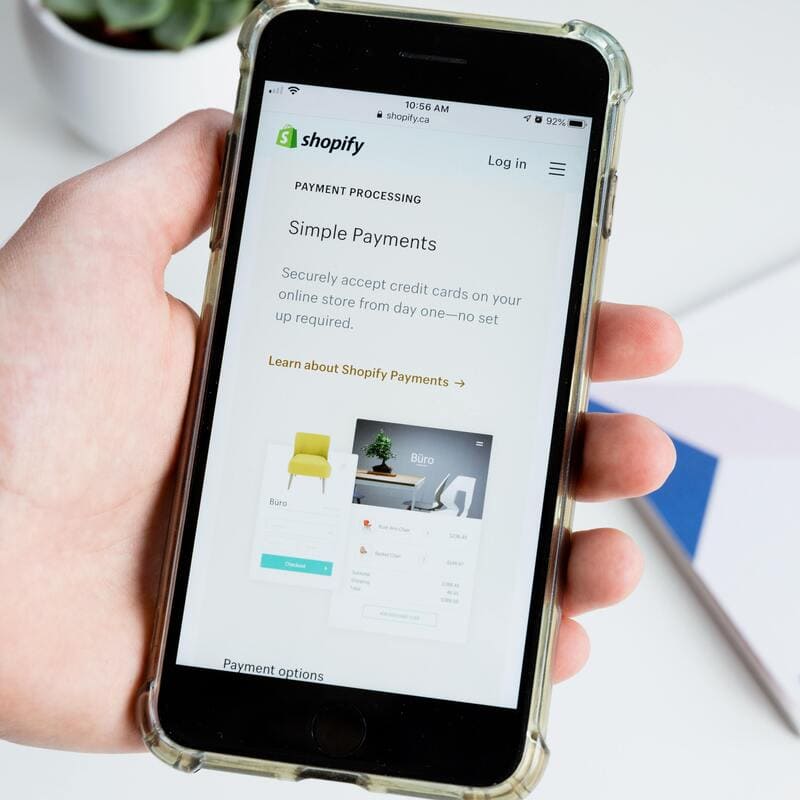How to display your favicon in search results – In this article I will show you how to display your favicon in search results.
In my case, the favicon was showing in the browser tab when visiting my website but it would not show in Google search results pages (SERPs).
The solution I am offering was tested on a WordPress website but it’s applicable to really any website.
If you have the same problem and need help, make sure you check our web maintenance services.
What is a Favicon?
This is the definition of ‘favicon’ as you can find it in Wikipedia (source: wikipedia.org):
A favicon (; short for favorite icon), also known as a shortcut icon, website icon, tab icon, URL icon, or bookmark icon, is a file containing one or more small icons, associated with a particular website or web page. Browsers that provide favicon support typically display a page’s favicon in the browser’s address bar (sometimes in the history as well) and next to the page’s name in a list of bookmarks.
Why is a Favicon Important?
A favicon is important because it’s part of your branding. It makes your website look professional and trustworthy.
It’s used by most businesses and brands.
According to some, the opposite is true if you don’t show a favicon (source: quora.com):
If you do not have a favicon, visitors will subconsciously equate it with untrustworthy, run-out-of-garage website
Does a Favicon Affect SEO?
A favicon does not affect your search engine rankings directly. Having said that, it might have an indirect effect on metrics such as bounce rate, dwell time, number of pages visited, etc. that are part of the so-called ‘page experience’.
Google has been pushing the importance of page experience for years now and lately with the introduction of its Core Web Vitals.
If you want to know more about it, make sure you read my article on Core Web Vitals & Page Experience FAQs.
How to Check If My Website Has a Favicon?
Besides from simply looking at your browser tab and see if your favicon is displayed, you can use the favicon test tool by SEO Site Checkup.
How to Display Your Favicon in Search Results
To display your favicon in search results, you should add the following <link> tag to your header file:
<link rel=”shortcut icon” href=”/path/to/favicon.ico”>
Where ‘/path/to/favicon.ico’ needs to be recplaced with your favicon URL.
Additionally, to display your favicon in search results it will need to be compliant with the following guidelines by Google:
- Both the favicon file and the home page must be crawlable
- Your favicon should be a visual representation of your website’s brand,
- Your favicon should be a multiple of 48px square, for example: 48x48px, 96x96px, 144x144px and so on
- The favicon URL should be stable (don’t change the URL frequently)
- Google will not show any favicon that it deems inappropriate, including pornography or hate symbols
Please note that this is not a guarantee that you will display your favicon in search results. Google again:
You must follow these guidelines to be eligible for a favicon next to your search results. Note that a favicon isn’t guaranteed in search results even if all guidelines are met.
Sources
https://en.wikipedia.org/wiki/Favicon
https://www.quora.com/Does-having-a-favicon-for-your-website-affect-SEO
https://support.google.com/webmasters/answer/9290858?hl=en
https://stories.freepik.com/illustration/about-us-page/rafiki
Comment (1)
Comments are closed.





TRAVESTIS PORTO
18 January 2023Good web site you have got here.. It’s difficult to find high quality writing like yours nowadays.
I truly appreciate individuals like you! Take care!!